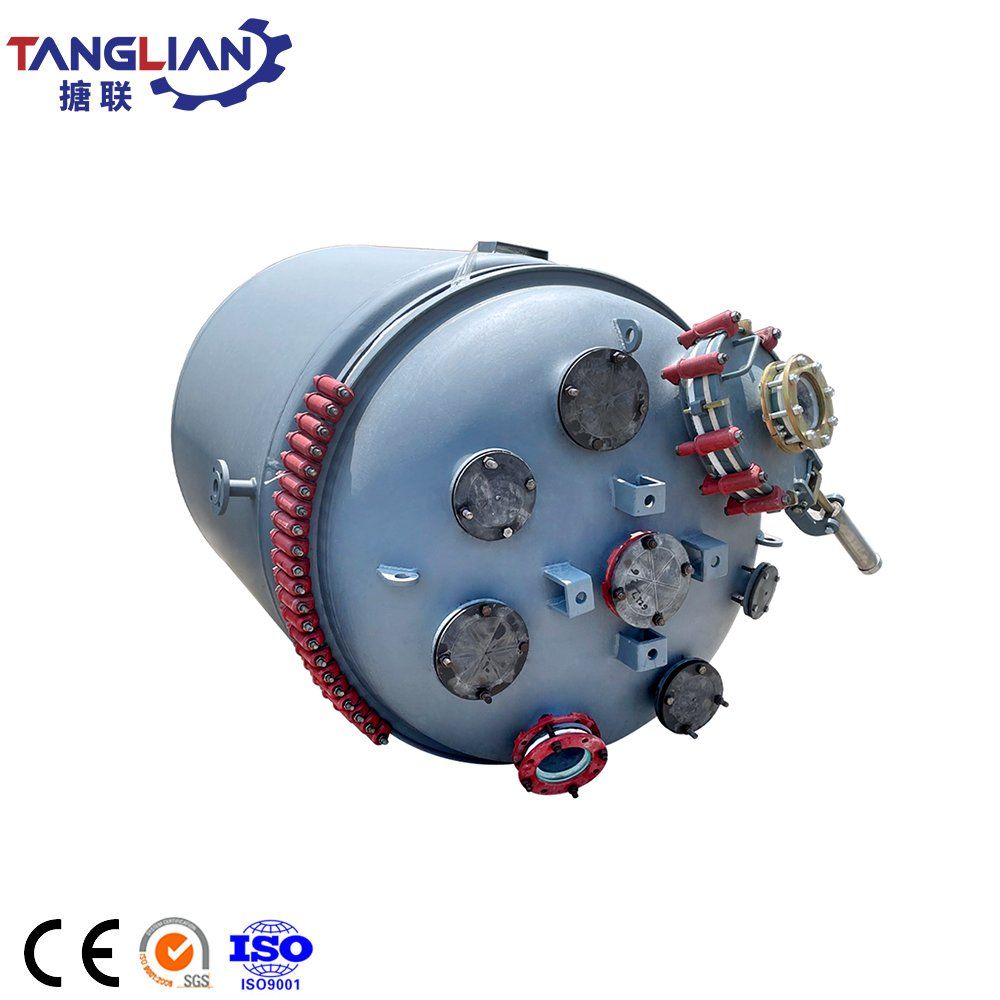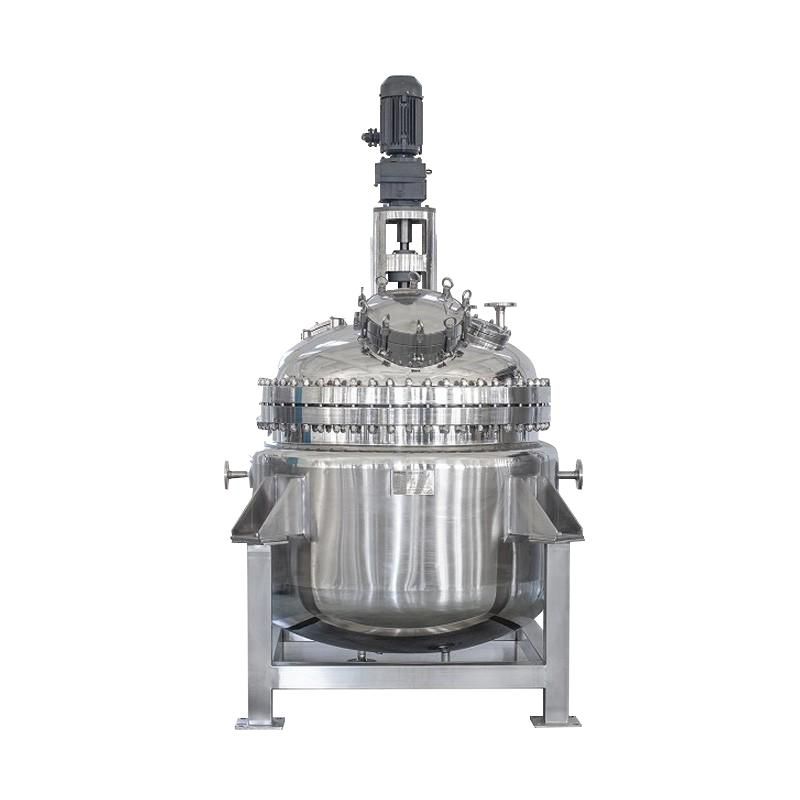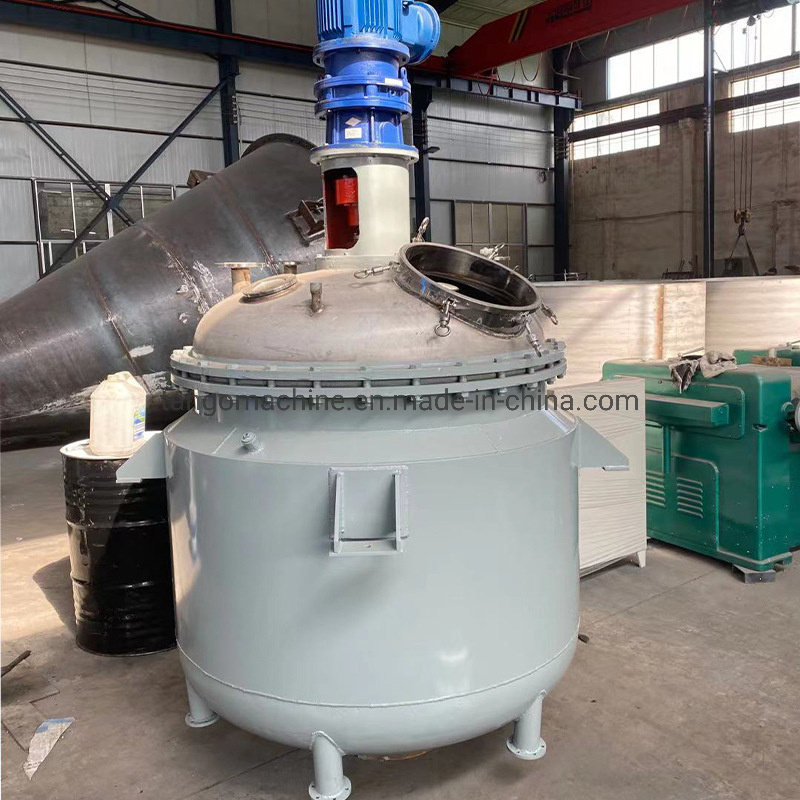1000-8000 Liters Glass-Lined / Industrial Enamel / Stainless Steel (SS) / PTFE-Lined Pressure Chemical Agitation Reactor
$5,010.00
Description
Introducing our high-capacity chemical agitating reactors, available in 1000-8000 liters. Featuring glass-lined, industrial enamel, stainless steel, and PTFE lining, these reactors ensure superior resistance and reliability. Perfect for a variety of chemical processes, they enhance efficiency and safety. Upgrade your operations today—contact us to purchase!
SKU
4925833180838
Category Chemical Equipment
Tags Chemical Drying Equipment, Chemical Equipment, Chemical Equipment Machinery, Chemical Granulators, Chemical Reactor Tank, European Standard Vessel, Glass Cutting, Glass Equipment, Glass Machinery, High Pressure Vessel, High-Temperature Vessel, Industrial Chemical Reactor, Reaction Reactor, Reactor Chemical, Reactor Tank
Brand: Shandong Tanglian Chemical Equipment Co., Ltd.
Send Inquiry








